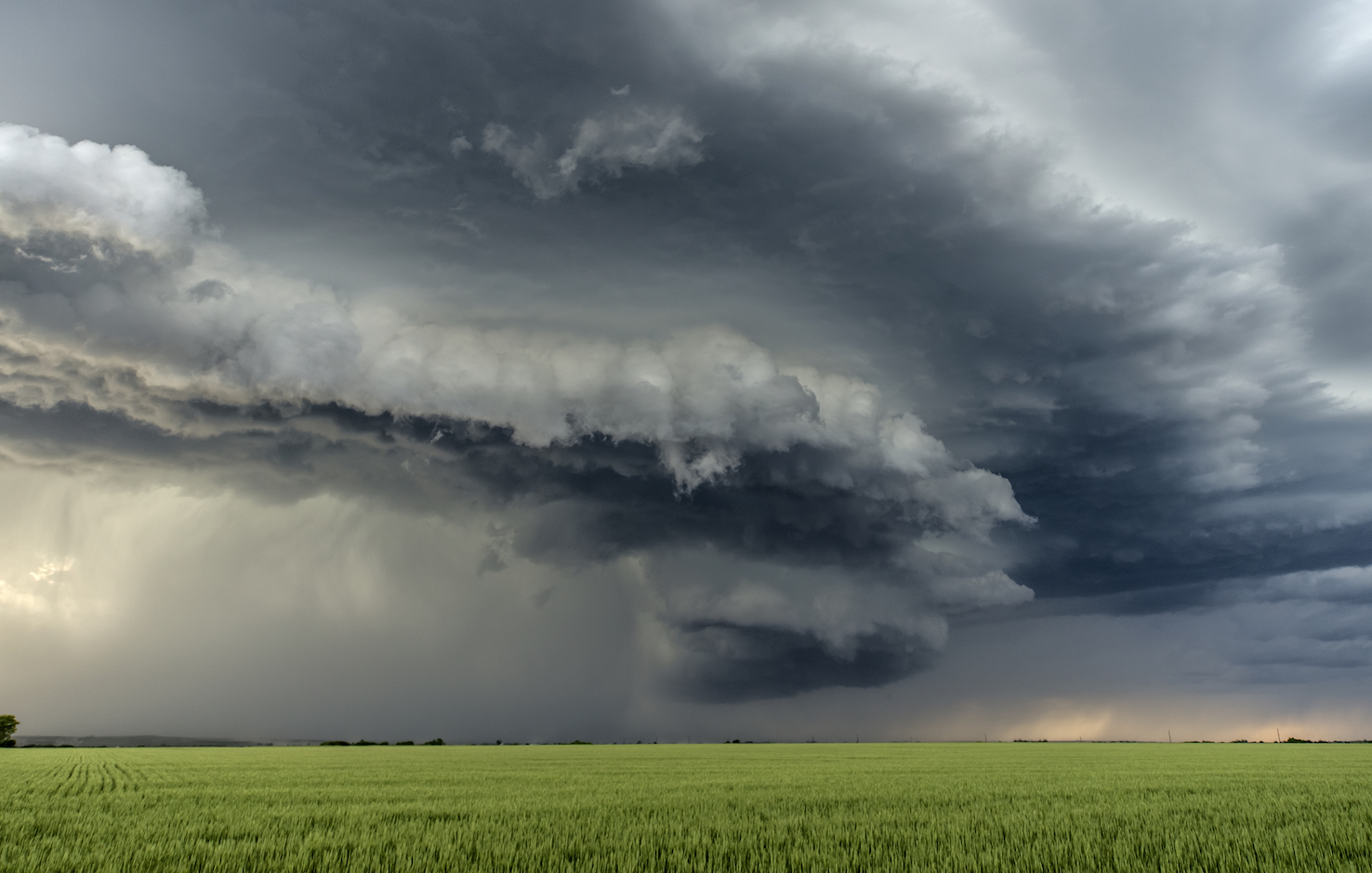
Agricultural irrigation changes Great Plains cloud formation
We know that industrial pollution and greenhouse gas emissions can have a long-lasting effect on our climate, but what about some of the other large-scale human activities that happen globally – can they affect the weather too? A new study funded by the National Science Foundation has found that crop irrigation can affect cloud formation above the very fields that are being irrigated.
Agricultural irrigation adds enormous amounts of water to land in order to meet our growing population’s food demand. These activities are altering regional land use and land cover, which leads to lower atmosphere circulation, affecting cloud development and precipitation.
In a project named the Great Plains Irrigation Experiment (GRAINEX), scientists from a wide array of institutions began collecting data in late May throughout a 3,600-square-mile area in southeastern Nebraska.
“Prior studies have found that the Great Plains is a hotspot where soil moisture plays an important role in cloud formation and precipitation,” says Nick Anderson, a program director in NSF’s Division of Atmospheric and Geospace Sciences. “Changes in land use and irrigation for agricultural activities could be important in land-atmosphere interactions in this region. The results from this study will be valuable to our understanding of the link between irrigation and precipitation.”
For this project, scientists deployed 80 meteorological stations and measured several different data points. Their measurements include fluxes of water and energy from six irrigated and six non-irrigated areas, radar observations of lower atmosphere in three locations, weather balloon-based observations of the atmosphere in five locations, and two surface locations with instruments that collect data on the lower atmosphere.
Through analysis and the use of model applications, the data will be analyzed to determine the impacts of irrigation on precipitation in the Great Plains.
“The experiment’s setting offers a unique opportunity to investigate the influence of these different land surface and land cover regions side by side,” says Rezaul Mahmood, director of the High Plains Regional Climate Center at the University of Nebraska-Lincoln. This data collection is ongoing through the end of July, and the results of the study may ultimately help agricultural planning and weather forecasting both nationally and internationally.
—
By Connor Ertz, Earth.com Staff Writer













